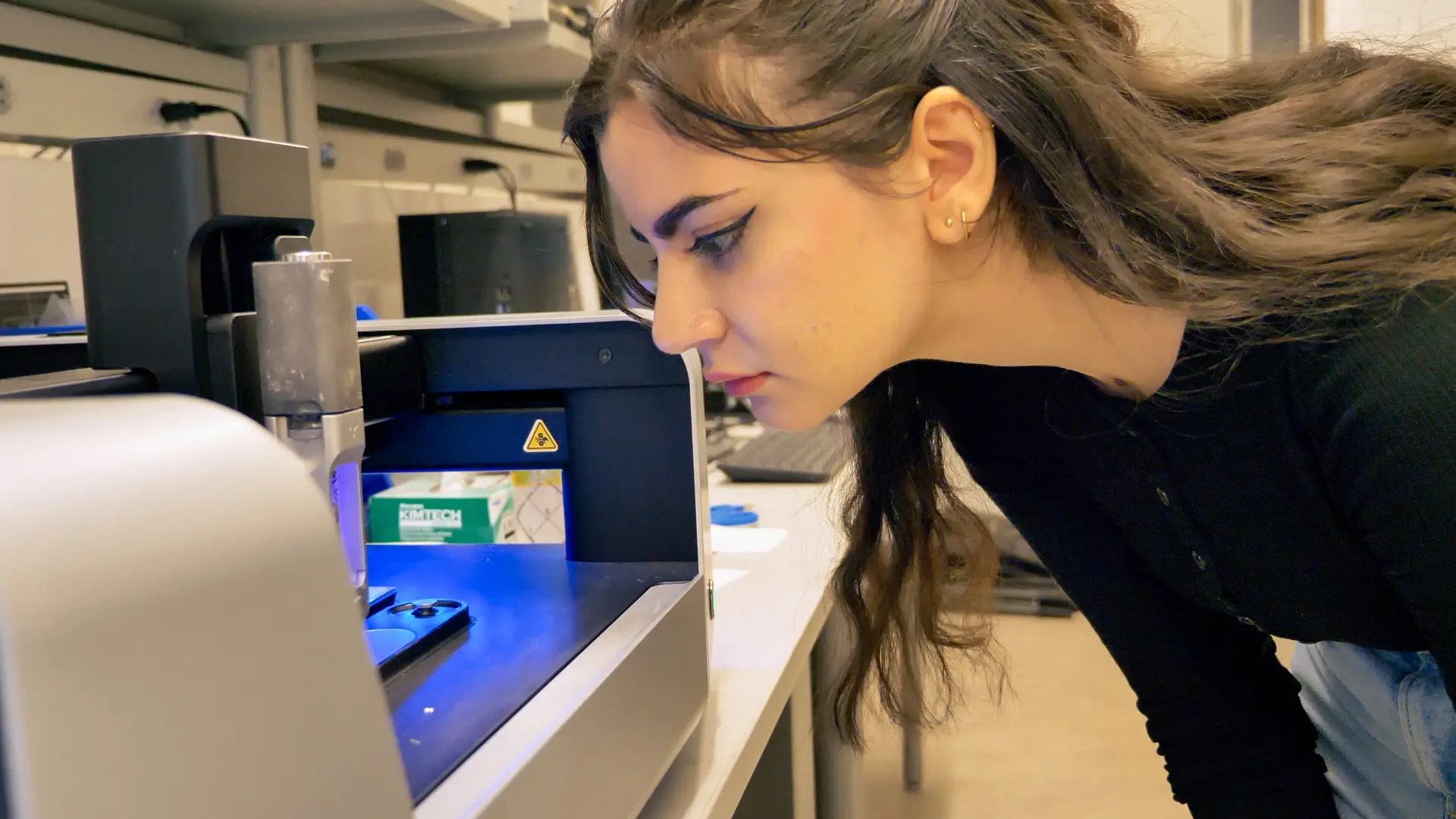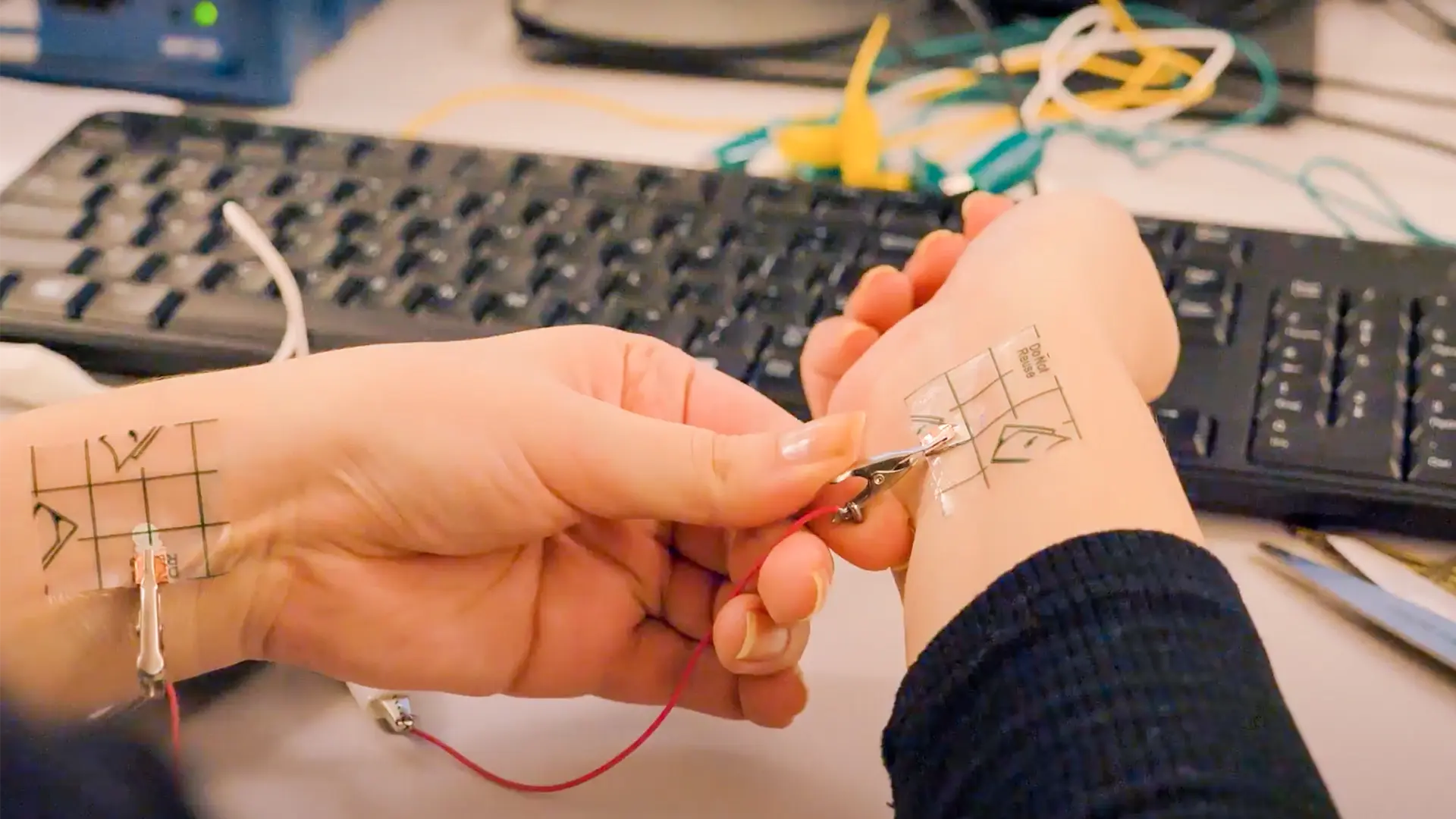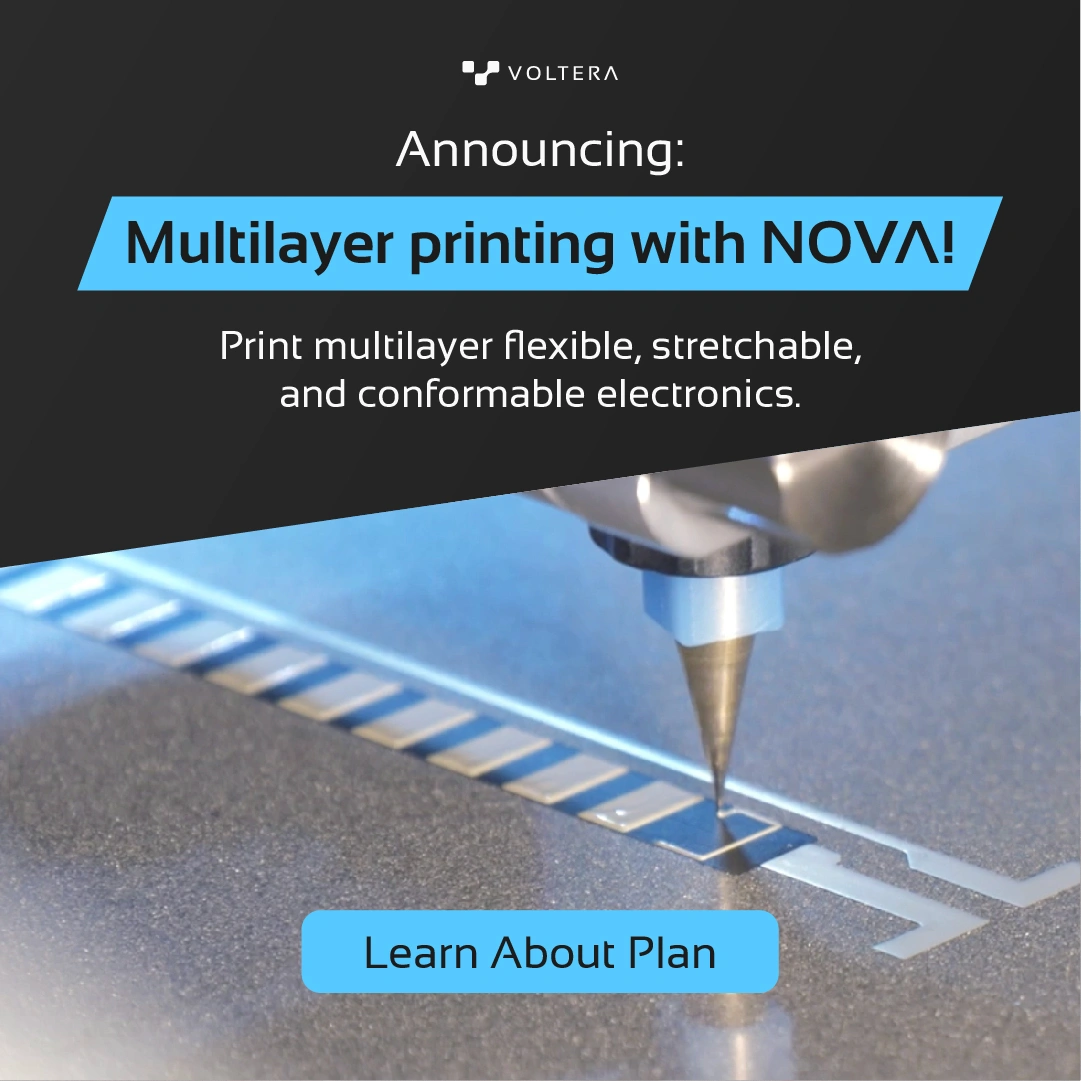Printed Tattoo Electrodes: Cutting-Edge Biomedical Monitoring
Comparing inkjet and extrusion printing methods
Biomedical electrodes play a crucial role in evaluating the internal processes of the human body by converting biological stimuli into electrical signals. This process is commonly used for electrocardiograms (ECG/EKG), electromyography (EMG), and electroencephalogram (EEG) procedures, and almost always uses silver/silver chloride (Ag/AgCl) electrodes with male connector snap closures.
While there are benefits to using these electrodes, they “are susceptible to motion artifacts, can be uncomfortable for the user, and are unsuitable for long term use,” according to research by York University’s Yoland El-hajj et al.
In contrast, electrodes printed on tattoo paper offer a promising alternative for monitoring biological activities. In an interview with Voltera, El-hajj noted the best way to acquire signals from the body is to use a sensor that fits seamlessly with the body, rather than a sensor that sits rigidly on the skin.
Extrusion printing with NOVA
In Inkjet and Extrusion Printed Silver Biomedical Tattoo Electrodes, El-hajj et al compared two common methods — inkjet printing and extrusion printing — to print the electrodes using silver ink.
According to the study, “Silver-based inks were selected as the printing medium due to their high conductivity, mechanical robustness, biocompatibility, and moderate cost compared to other inks (e.g. gold, graphene).”
Using Voltera NOVA, the group studied various shapes to test the performance and signal quality of the printed electrodes. El-hajj noted that, because the tattoo paper is quite thin, it can be used for many functional purposes, such as integration with prosthetic devices.
“This is a starting point. Once the printing parameters for printing the specific ink on the specific substrate are optimized, you can go further. You can work on different sensors that can be integrated with the body, such as strain sensors, or even potentially explore areas of energy harvesting.”
When it came to summarizing how NOVA helped her in this study, El-hajj observed that NOVA makes the printing process more efficient, and calibrating materials and aligning patterns is easier than ever. NOVA is more cost effective and reduces the time it takes to print patterns on a substrate compared to other printing methods, including inkjet.
Results: Inkjet vs. extrusion printing
The research findings indicated that inkjet printed electrodes are ideal for acquiring signals in areas of the body engaged in higher movement (e.g. EMG) due to their ability to better withstand bending strain. However, the extrusion printed electrodes exhibit a lower sheet resistance and impedance, and the ink does not absorb into the paper — a common issue encountered with inkjet printed tattoo electrodes.
Inkjet vs. extrusion sheet resistance
- Extrusion printed electrodes: 9.4 mΩ/sq
- Inkjet printed electrodes: 25.1 kΩ/sq
Inkjet vs. extrusion impedance


Conclusion
Printed silver biomedical tattoo electrodes represent a promising advancement in biomedical monitoring technology. Their potential to offer greater comfort, flexibility, and efficiency, as well as their personalized, non-invasive nature compared to traditional electrode options is paving the way for innovative advancements in healthcare. In fact, El-hajj has gone on to continue her research in biomedical printed electronics, founding her own company called Epictrode Health.

Check out our Customer Stories
Take a closer look at what our customers are doing in the industry.

